
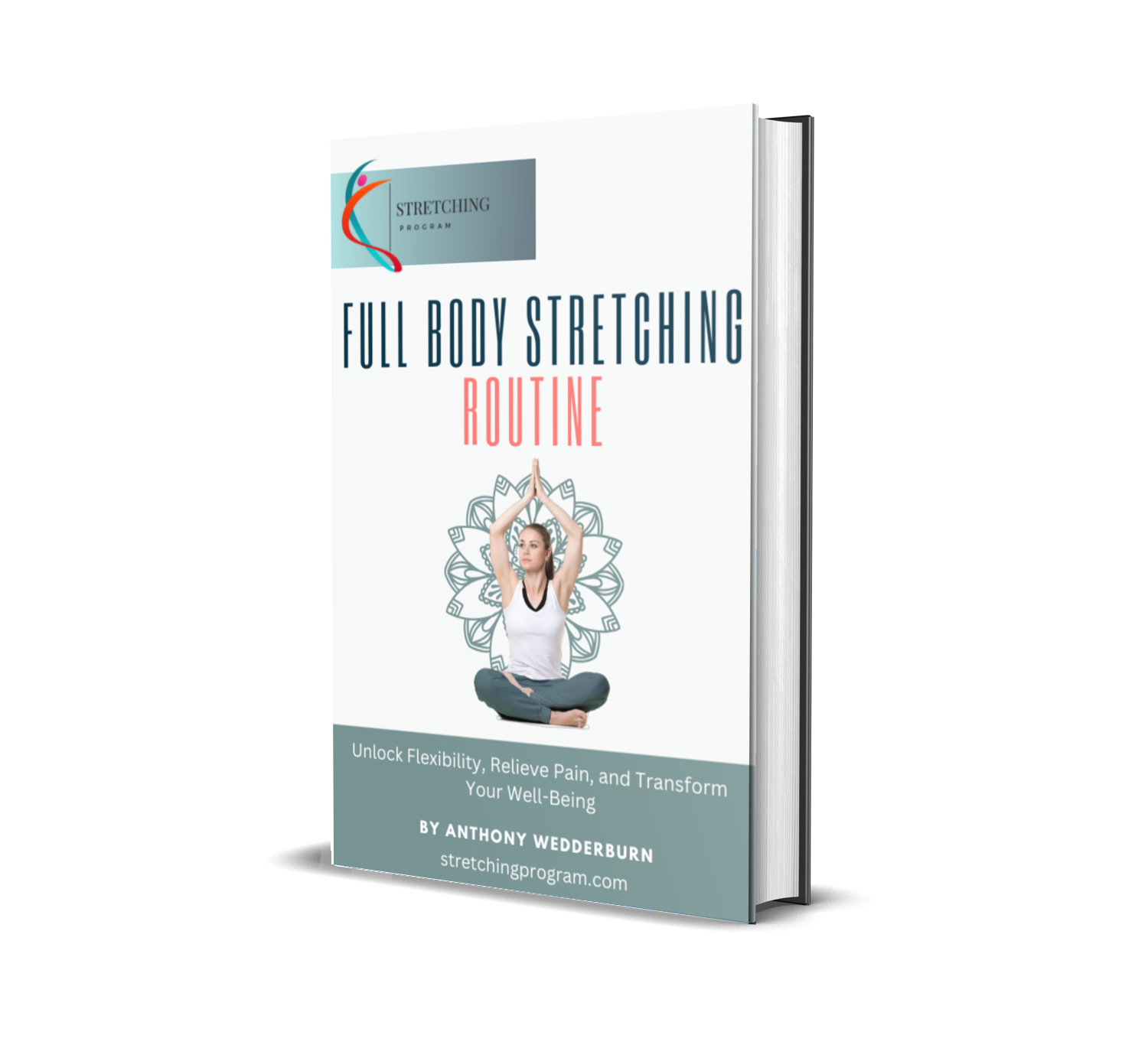
Full Body Stretching Program Routine for Flexibility
Original price was: £25.99.£15.00Current price is: £15.00.
In a study of 10 healthy, active adults, subjects were tested on their vertical jump, broad jump, 20-meter sprint, and agility T-test before and after 10 minutes of lower body dynamic stretching or 10 minutes of no stretching. The results indicated a significant increase in performance of up to 8% in the stretch group. Dynamic stretching is recommended before exercise, as it utilizes sport-specific movements to increase core body temperature, increase blood flow to working tissues, and improve performance in exercises that require explosive power, strength, and endurance.
In a study published by the Clinical Journal of Sports Medicine, 97 sedentary adults were randomized into either stretch or control groups. The stretch group performed a series of static stretches, 5 days per week, for 12 weeks. They were then reassessed for flexibility and functional ability. The results showed a significant increase in flexibility in the stretch group, up to 30% in some tests. Flexibility tests were shown to have a positive correlation with lower body and overall functional ability.
A full body stretching program involves stretching major muscle groups to improve flexibility. These muscles include the chest, back, shoulders, buttocks, and hips. Basically, these muscles are involved in every movement that you make. The idea is to stretch them to a point of tension in at least a few of your weekly exercise sessions. Dynamic stretching is also recommended before major workouts or sporting events to improve performance. Implementing a full body stretching program into your exercise routine has the potential to improve your performance in exercise and decrease your risk of injury. Here are some of the benefits that you may experience.
Benefits of a Full Body Stretching Program
Posture is an aspect of one’s appearance and health that can be heavily influenced by stretching. Poor posture can be attributed to muscular imbalance, tight muscles, and muscle weakness. Stretching can aid in all of these. With the rapid increase of computer work and sedentary lifestyles, posture problems have become rampant. Sitting in a chair for a long period of time can cause tight hip flexors and low back muscles. This is one of the more common postural distortions called lower-cross syndrome. It is characterized by an excessive lumbar curve and hip thrusting. By stretching tight lower back and hip flexor muscles and strengthening the abdominals and upper back muscles, this can be corrected. This is only one common postural distortion, but the point is there are many and most can be corrected if not greatly improved with a good full body stretching program.
Stretching has also been known to reduce muscular tension. When a muscle is overworked or fatigued, it often becomes tight. This can put a great deal of pressure on origin and insertion points of the muscle. Muscular tension can cause nerve impingement, which can be quite painful at times and is often misdiagnosed as a pinched nerve. By elongating the muscle through stretching, you relieve the tension on the said origin and insertion and in effect relieve the nerve and greatly reduce or rid pain.
Increased flexibility and mobility is one of the first and most obvious benefits of stretching. During stretching, you lengthen your muscles and tendons which allows them to more easily move through a full range of motion. This makes common tasks such as walking, running, and even bending over much easier than before. Repetitive strength workout routines have a tendency to make muscles quite tight. This is great for strength, but not so great for movement. If a muscle has not been placed in an opposing and full range of motion in a while, stretching can give the muscles a chance to get back in balance. For example, for someone who has done only a chest and biceps routine, posture can be corrected by stretching the chest and strengthening the upper back, which will in turn result in better posture and alignment.

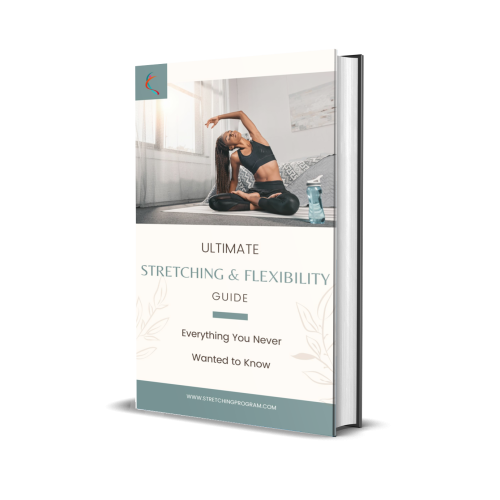
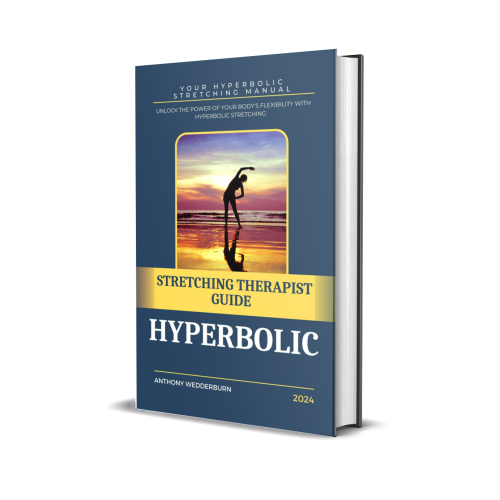
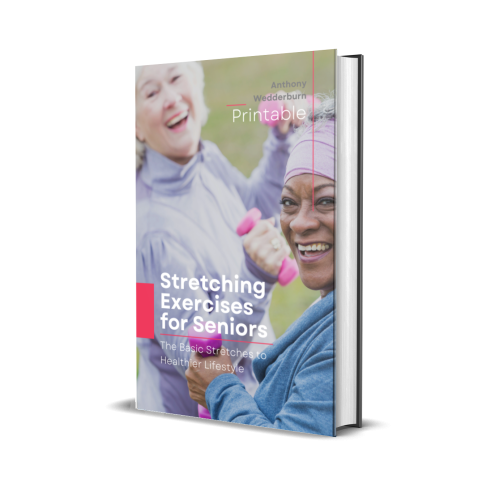
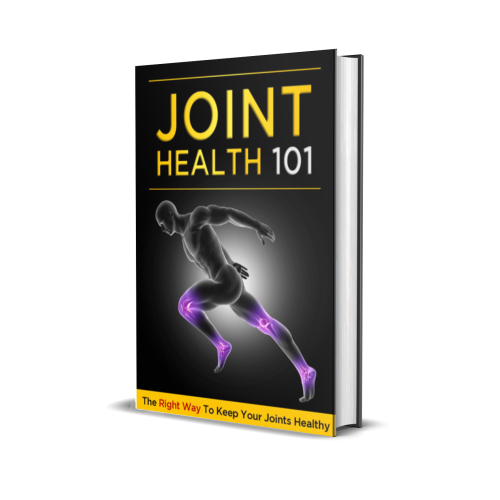
Reviews
There are no reviews yet.